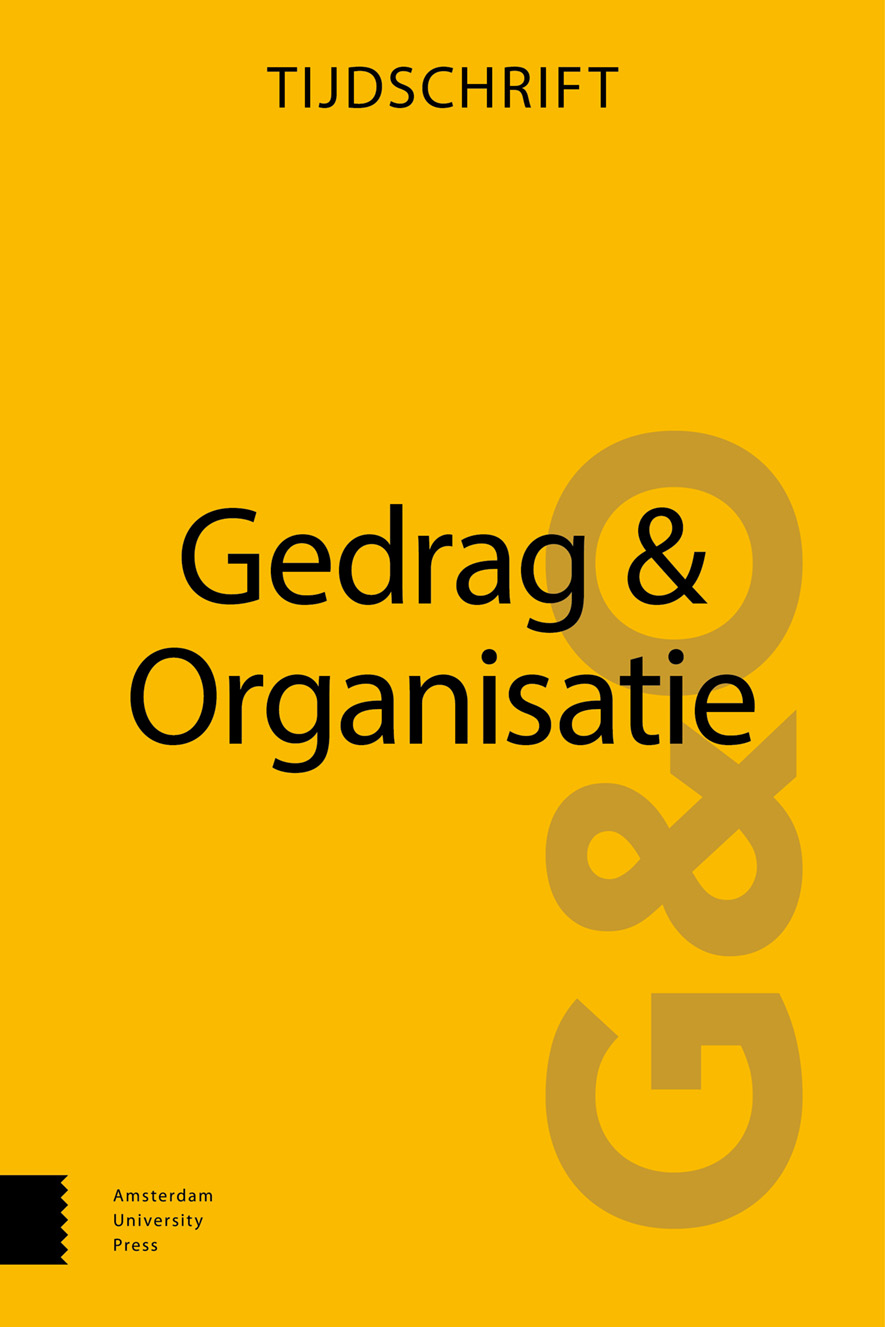
Full text loading...
We use cookies to track usage and preferences.I Understand
 , A. Susan M. Niessen2
, A. Susan M. Niessen2 & Rob R. Meijer3
& Rob R. Meijer3
Het gebruik van eenvoudige algoritmes om informatie te combineren (mechanische predictie) leidt tot betere beslissingen dan het combineren van dergelijke informatie ‘in het hoofd’ (holistische predictie). Toch worden algoritmes niet veel gebruikt bij beslissingen in de personeelselectie en toelating tot het hoger onderwijs. In dit dissertatieonderzoek hebben we onderzocht hoe deze algoritme-aversie overwonnen kan worden. We vonden dat het versterken van de autonomie van professionals bij mechanische predictie het gebruik van algoritmes aanmoedigt en vaak resulteert in betere selectiebeslissingen dan holistische predictie. Bovendien zorgde het trainen van beslissers in mechanische predictie voor een toename in algoritmegebruik. We bespreken de praktische implicaties van dit proefschrift en presenteren stappen die professionals en academici kunnen nemen om het gebruik van algoritmes aan te moedigen en besluitvorming te verbeteren.

Article metrics loading...

Full text loading...
References


Data & Media loading...

